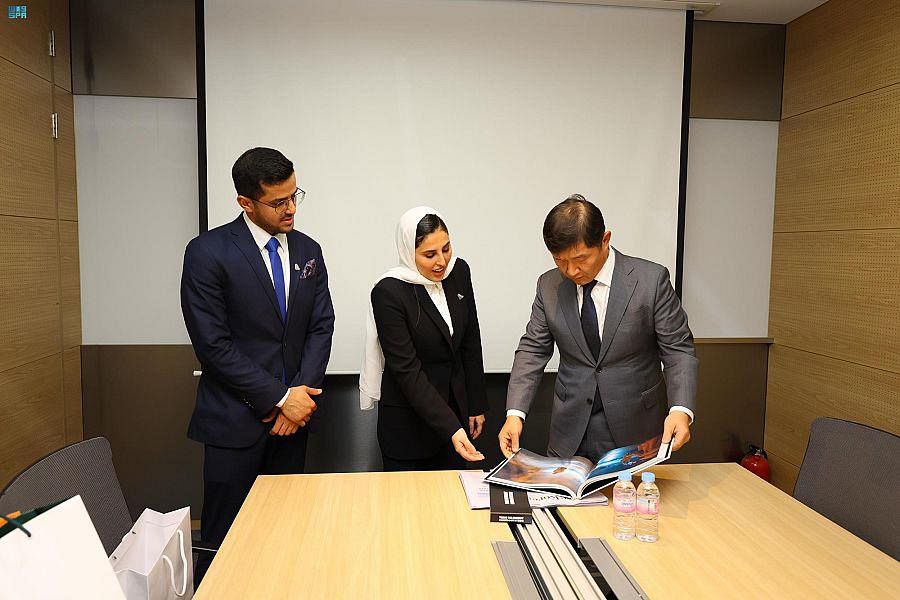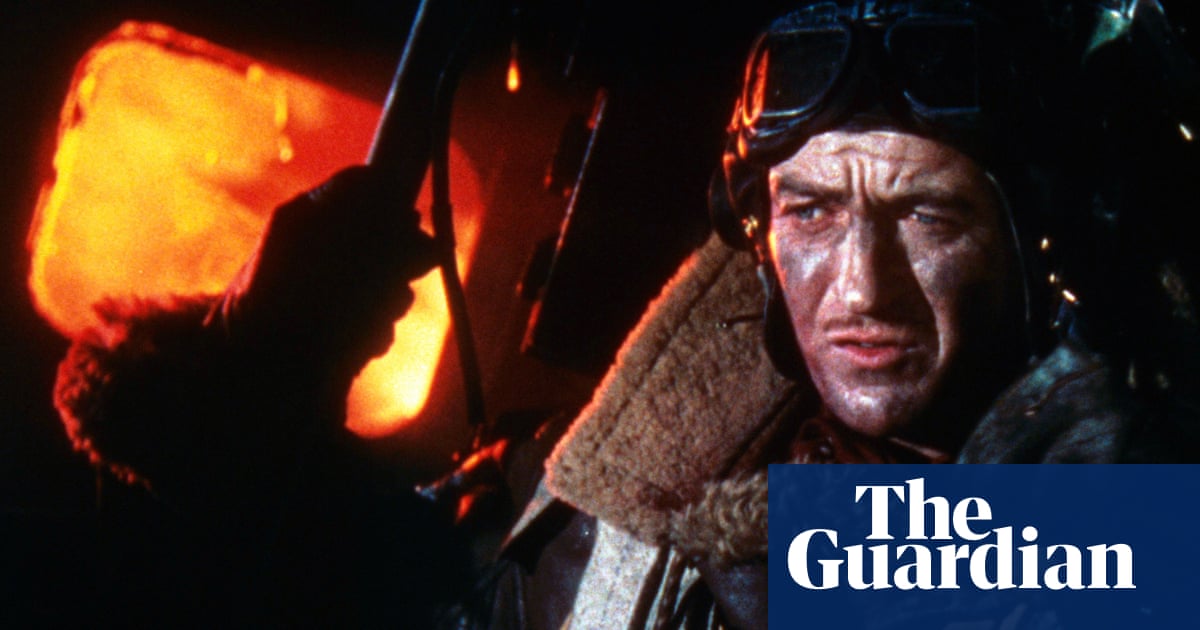
sn’t it funny, in a lovely sort of way, how rewatching certain films and TV shows feels like reacquainting yourself with old friends? The idea of catching up with loved ones draws rather melancholic feelings these days. In the era of physical distancing and self-isolation, most of us having resigned ourselves to not seeing anybody in person – let alone shaking their hands or giving them a hug – for months.
Tactile qualities – that feeling of being able to reach out and touch something – are synonymous with the beautiful handmade aesthetics of Aardman Animations, the British studio that specialises in claymation. Two of the studio’s beloved franchises, Shaun the Sheep and Wallace and Gromit, belong to worlds I like to revisit when I’m feeling down, finding their joie de vivre and loving, crafted constructions a kind of soul-invigorating tonic.
For kids, you say? Au contraire! Both franchises accommodate all ages and, in fact, all schedules too, available in snackable two-minute instalments as well as half-hour episodes and feature-length spin-offs. The briefer the running time, generally speaking, the more appropriate for young children; the short episodes usually don’t have much in the way of storytelling sophistication or messages likely to resonate with adults.
The movies are a different story. Full of visual wit, narrative ingenuity and highly creative arrangement of space and setting, they are striking achievements that reflect a unique filmmaking style.
The depth and genius of the Shaun the Sheep Movie (which also has an excellent sequel – A Shaun the Sheep Movie: Farmageddon) belies its kiddish material materials. At various points the film channels two of my favourite filmmakers – Jacques Tati and Luis Buñuel – as well as comic geniuses from the pre-talkies era: namely Charlie Chaplin and Buster Keaton. It is in effect a silent film, capturing in entirely visual ways the journey of the titular mammal and his friends to the big city, where they try to find their amnesia-affected farmer, who suffered a blow to the head that was entirely their fault.
Like Tati’s films Playtime and Mon Uncle, speech is primarily used not for the communication of dialogue but as a kind of sound effect, reiterating the film’s visual focus. When the sheep visit a fancy restaurant and pretend to be diners, co-directors Mark Burton and Richard Starzak venture into a surreal Buñuellian space reminiscent of The Discreet Charm of the Bourgeoisie, Buñuel’s noodle-scratching 1972 oddity about a group of people who are always arriving for dinner but never get the opportunity to eat.
In a clever joke early on, the sheep hide from a maniacal animal catcher by posing in front of an advertisement depicting an idyllic green countryside; their assailant looks their way but only sees them as part of the picture. Jean Baudrillard would surely have relished this moment, in which reality has merged with a simulation and a simulation becomes reality.
A similar idea was explored in the TV show: the fifth episode of the fourth season, to be precise (no you’re obsessed!). An attempted installation of a 3D television goes awry, leaving a huge TV-shaped hole in the farmer’s wall. To resolve this situation Shaun and the other sheep put on a performance, tricking the farmer into believing he’s watching TV, including staging a tennis match that results in the farmer getting whacked in the face by a tennis ball – which he considers to be evidence of highly impressive 3D technology.
The feature film Wallace and Gromit: The Curse of the Were-Rabbit is a less cerebral and more conventional (including dialogue) experience, combining a similarly wonderful, painstaking aesthetic with a midnight movie premise. When trying to invent a machine that can cure rabbits of their lust for carrots, Wallace accidentally fuses his mind with the mind of a rabbit (just run with it). This creates a werewolf-like situation, with him transforming at night into a huge mutant rabbit thing that terrorises the town – just in time for its annual giant vegetable competition.
Given Wallace is an inventor, co-directors Steve Box and Nick Park deal not just with visual inventions in his reality, but visual inventions in ours, turning daffy domestic contraptions into the basis for entire sequences. At the start of the film, for instance, we watch Wallace’s ridiculous machine for getting dressed, which involves him being woken up by a retractable hand that comes out of the wall and entices him to consciousness by putting cheese under his nostrils (he loves cheese). His bed then pushes him headfirst into a long chute system, too elaborate to explain in a small amount of words, and far more entertaining to simply watch.
In the Oscar-winning 1995 short A Close Shave, there is a different wake-up machine – this one involving Wallace falling through a hole in the floor, into a pair of pants laid out vertically, then onto a spot around the breakfast table, where he gets pelted with porridge by a malfunctioning food-serving machine. Again this kind of comedy has a very long history. It’s not something you see all that much of in contemporary productions, but it makes these gems from Aardman feel kind of old but also kind of new. Perhaps the word I’m looking for is “timeless”.
• The Shaun the Sheep movie and two seasons of Shaun the Sheep TV show are on Netflix
• Four seasons of Shaun the Sheep TV show and additional spin-off seasons and specials are on Stan
• Wallace and Gromit: The Curse of the Were-Rabbit, and episodes of the Wallace and Gromit TV series including A Close Shave are on Netflix and Stan












